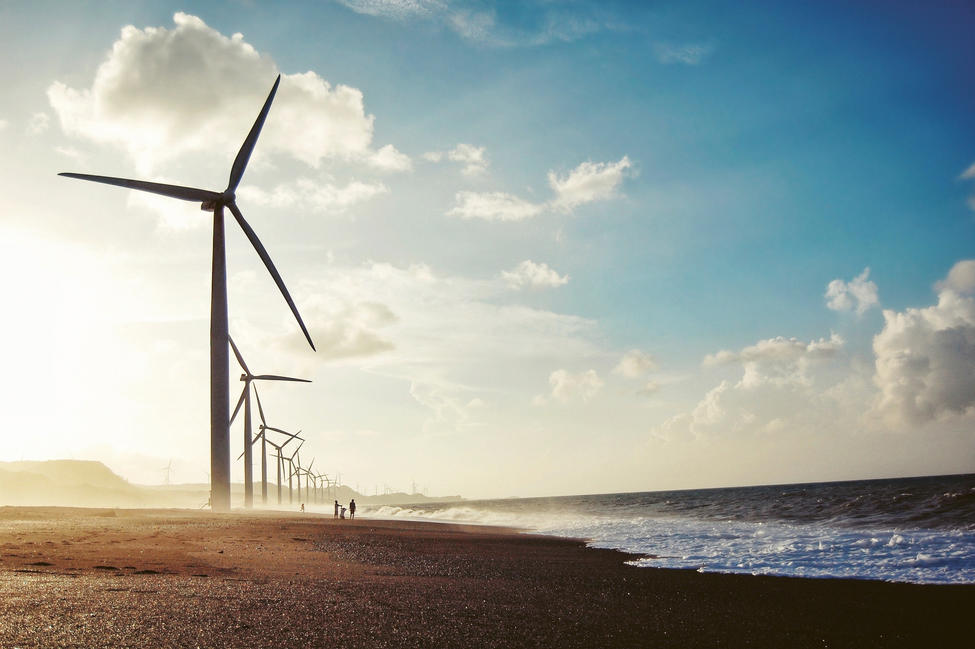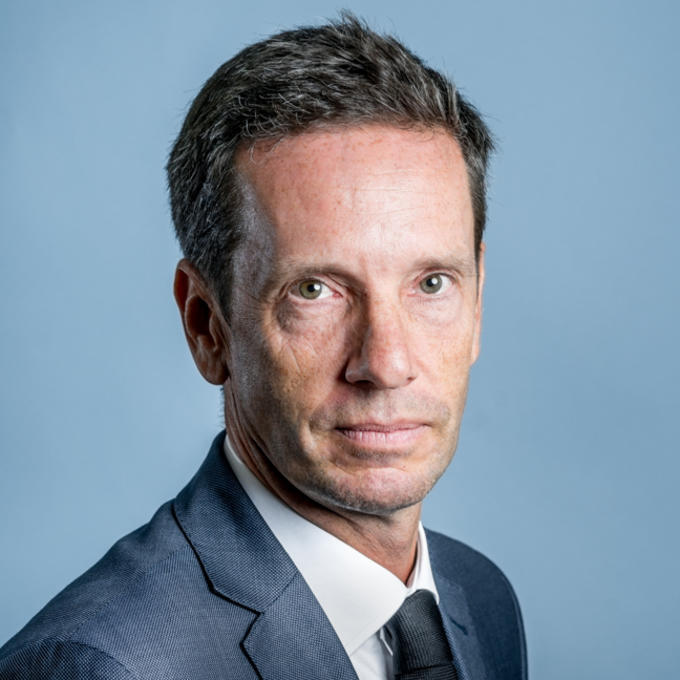In a turbulent market, smart investors shifted from traditional investments to luxurious assets such as art, classic cars, and rare whisky, outperforming inflation and providing an elegant means of wealth protection. Delve into the realm of passion investments with our senior investment specialist John Plassard, who tells you more in his Weekly Insights.
***
As stock markets flailed and the age of zero interest was only slowly beginning to end, 2022 was not kind to investors.
Last year was also Wall Street's worst since the Great Recession, causing most shareholders to leave markets owning less than what they started with.
Those with more conservative investments, like a savings account, could have had the last laugh, had it not been for 2022's rampant inflation that made even a stagnant account balance worth quite a bit less in real world terms.
For more adventurous investors with the right amount of money, so-called luxury investments or investments of passion could have been a way out of this predicament. Some flashy asset options outside of stocks and other financial products that blew past last year's inflation rate with their average increases in value.
Art, for example, rose in price by an average of 29 percent over the course of 2022 – well above the year-over-year U.S. inflation rate in December of 6.5 percent. An investment in a classic car yielded a value increase of 25 percent across the category, while a statement watch increased in price on average by 18 percent.
Handbags, expensive wine and collector coins were still up more than inflation between the beginning and the end of 2022. Some luxury investments didn't make the inflation cut in 2022, but at a 3-6 percent value increase, these luxury asset classes still beat the average savings account interest rate, which stood at only 0.35% in early 2023 despite central banks rates having left zero interest territory.
And it’s not news if we take the 10-year value increases of these luxury investment categories. Here, rare whisky is winning out by a large margin with prices increasing by an enormous 373 percent over the time period. For art it was 91%.
Finally, you may ask yourself how to invest in arts for example. Today, there are several ways to do it. Firstly, by simply buying a work of contemporary art.
This is a little more complicated than it sounds, however, because either you're betting on a young artist who may never "break through", or you're going to pay quite a lot for an established artist (or one on the way to becoming one).
Then you have art funds, which are structured like other investment funds, allowing investors to partially own works of art. With the advance of blockchain, we're now also talking about the tokenization of works of art, with the possibility of buying part of a work of art.
Lastly, we can invest in companies that carry out auctions while wondering whether such an investment is not also (only?) a question of passion more than anything else?


